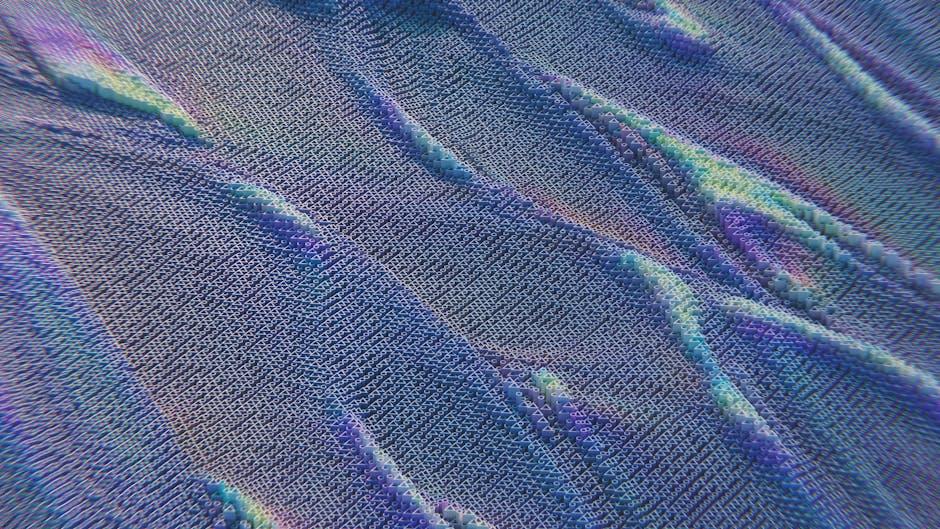In the ever-evolving world of cinema, the line between reality and imagination blurs with each frame. As audiences are whisked away on epic adventures and into fantastical realms, the tools behind these visual marvels become a topic of heated debate. At the heart of this cinematic evolution lies a compelling question: should CGI, the digital wizardry that brings impossible worlds to life, replace the time-honored craft of practical effects? This article delves into the dynamic interplay between these two pillars of film production, exploring their unique strengths and limitations. Join us as we unravel the magic behind the scenes, weighing tradition against technology in the quest to redefine storytelling on the silver screen.
Exploring the Artistry: The Unique Charm of Practical Effects
The allure of practical effects lies in their tangible nature, creating a visceral connection with the audience that CGI often struggles to replicate. From the intricate craftsmanship of animatronics to the artful application of prosthetics, these effects bring an authenticity that enhances storytelling. The tactile quality of practical effects invites viewers into a world that feels genuinely alive, offering a sense of wonder and amazement.
- Realism: Practical effects offer a physical presence that CGI sometimes lacks.
- Craftsmanship: Skilled artisans create detailed and intricate designs.
- Immersion: Actors can interact with real elements, enhancing performances.
- Nostalgia: They evoke memories of classic cinema, appealing to both creators and audiences.
These effects are not just about nostalgia but about an artistry that challenges filmmakers to think creatively within the physical realm. They require a unique blend of skill and imagination, fostering a collaborative environment where innovation thrives. As we navigate the digital age, the question remains: can we blend the best of both worlds to elevate the cinematic experience?

The Evolution of CGI: A New Era of Visual Storytelling
The journey of CGI from its nascent stages to its current sophistication has redefined how stories are visually told. Early digital effects, once limited by technology, have evolved into breathtaking, immersive experiences that transport audiences to worlds previously unimaginable. With advancements in rendering, motion capture, and AI, CGI can now achieve levels of realism that rival practical effects, offering filmmakers a broader canvas to explore their creative visions.
However, the debate over CGI versus practical effects is nuanced. While digital technology offers flexibility and limitless possibilities, practical effects bring a tangible authenticity that many filmmakers and audiences still cherish. Here are some considerations:
- Cost: Practical effects can be expensive, but CGI often requires significant post-production resources.
- Time: CGI can expedite complex scenes, yet practical effects provide immediate results on set.
- Realism: While CGI excels in fantastical elements, practical effects can enhance the realism of more grounded stories.
Ultimately, the fusion of both techniques might be the key to unlocking new dimensions of storytelling, creating a harmonious balance between the real and the imagined.

Balancing the Scales: Integrating CGI and Practical Effects for Impact
In the world of filmmaking, the harmony between CGI and practical effects can create an immersive experience that captivates audiences. Instead of viewing these two techniques as adversaries, filmmakers can leverage their strengths to enhance storytelling. Practical effects, with their tangible and tactile nature, provide authenticity and can anchor a scene in reality. Meanwhile, CGI offers boundless possibilities, enabling the depiction of fantastical worlds and scenarios that defy the laws of physics.
- Practical Effects: Offer a sense of realism and authenticity.
- CGI: Expands creative horizons with limitless potential.
By integrating both, filmmakers can craft visually stunning and emotionally resonant narratives. The key lies in understanding the unique contributions of each approach and applying them judiciously to serve the story’s vision. This fusion not only enriches the cinematic experience but also respects the art of filmmaking, honoring both tradition and innovation.
Crafting the Future: Recommendations for Filmmakers in a Digital Age
In the digital age, filmmakers face the enticing possibility of relying heavily on CGI, yet it’s essential to recognize the enduring allure of practical effects. Both techniques offer unique advantages that can enhance storytelling when used judiciously. CGI, with its limitless potential, allows for the creation of fantastical worlds and impossible scenarios, making it a powerful tool for filmmakers aiming to push creative boundaries. However, practical effects bring a tangible authenticity to the screen, often resulting in more immersive and emotionally resonant experiences for the audience.
- Hybrid Approach: Combining CGI with practical effects can yield stunning results, leveraging the strengths of both techniques.
- Budget Considerations: Practical effects can sometimes be more cost-effective for certain scenes, especially when CGI requires extensive post-production work.
- Audience Engagement: Evaluate the target audience’s preferences; some may appreciate the nostalgia and realism that practical effects bring.
- Story-Driven Choices: Let the narrative dictate the choice between CGI and practical effects, ensuring that the visuals serve the story, not the other way around.
Ultimately, the decision should be guided by the film’s artistic vision and the desired impact on the audience, rather than a blanket preference for one method over the other.

